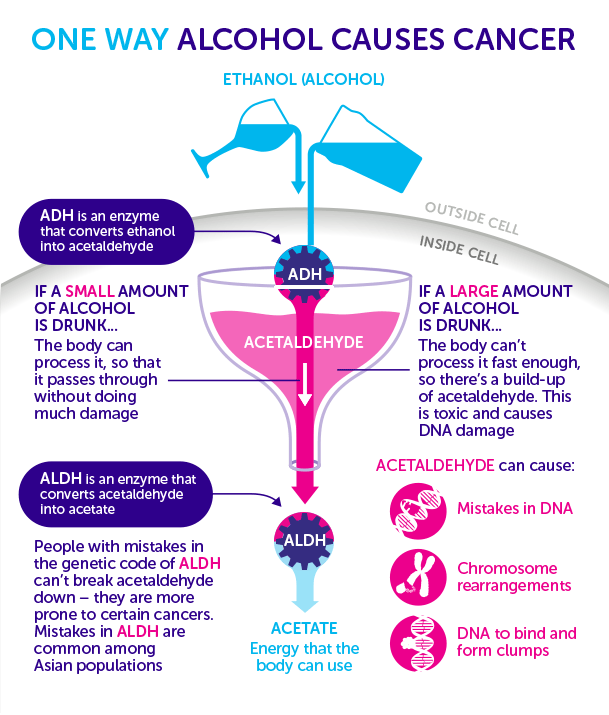Delve into the intricate process of alcohol metabolism and discover how your body processes alcohol to bring on that tipsy feeling.
Table of Contents
When it comes to alcohol consumption, there’s a common question that often arises: how many beers does it take to get drunk? The answer to this seemingly simple question is not so straightforward. In this comprehensive blog post, we’ll dive deep into the science behind alcohol metabolism, individual tolerance levels, and various factors influencing intoxication. Let’s explore the intricacies of how our bodies process alcohol and why some people may feel the effects of alcohol more quickly than others.
The Science behind Alcohol Metabolism
alcohol metabolism is a complex process that begins the moment you take your first sip. When alcohol enters your body, it is quickly absorbed into your bloodstream through the stomach and small intestine. From there, it travels to the liver, where the majority of alcohol metabolism occurs. The liver produces enzymes that break down alcohol into acetaldehyde and then into acetate, which is eventually metabolized into carbon dioxide and water.
Factors such as age, gender, weight, and genetics can influence how quickly your body metabolizes alcohol. For example, women tend to have a higher percentage of body fat and lower water content than men, which can result in a slower metabolism of alcohol. Additionally, younger individuals may have higher levels of certain enzymes that aid in alcohol metabolism, while older adults may experience a decrease in these enzymes over time.
While it’s difficult to pinpoint an exact number of beers that will make someone drunk, a general guideline is that one standard drink – which is equivalent to a 12-ounce beer with 5% alcohol content – will typically raise a person’s blood alcohol concentration by about 0.02%. However, this can vary based on individual factors and how quickly someone drinks the beer.
Individual Tolerance Levels
Alcohol tolerance refers to how well your body can handle alcohol and how easily you feel intoxicated. Some people may have a higher tolerance for alcohol due to genetic factors or regular alcohol consumption, while others may feel the effects of alcohol more quickly. Understanding your own tolerance levels is crucial in knowing how many beers it takes to get drunk.
It’s important to note that tolerance can change over time and may be influenced by a variety of factors, including stress levels, sleep quality, and recent food intake. By paying attention to how your body reacts to alcohol and knowing your limits, you can make more informed decisions about drinking responsibly and staying safe.
Factors Influencing Intoxication
Aside from individual tolerance levels, there are several other factors that can impact how intoxicated you feel after drinking beer. Consuming food before or while drinking can slow down the absorption of alcohol into the bloodstream, potentially reducing the effects of intoxication. Staying hydrated and pacing yourself while drinking can also help moderate the impact of alcohol on your body.

Image courtesy of blog.dana-farber.org via Google Images
It’s also important to be aware of any medications you may be taking, as some can interact with alcohol and increase its effects. If you’re unsure about how alcohol may interact with your medications, it’s best to consult with a healthcare professional to avoid any potential risks.
Ultimately, responsible drinking habits and self-awareness are key to enjoying alcohol in a safe and healthy manner. Knowing your limits, understanding how alcohol affects your body, and seeking help if needed are all important aspects of maintaining a balanced relationship with alcohol.
Conclusion
As we’ve delved into the complexities of alcohol metabolism, individual tolerance levels, and factors influencing intoxication, it’s clear that the question of how many beers it takes to get drunk isn’t a simple one-size-fits-all answer. By educating ourselves about alcohol and being mindful of our own limits, we can make more informed decisions about drinking and prioritize our health and safety.
Remember, it’s always important to drink responsibly, know your limits, and seek help if you or someone you know is struggling with alcohol misuse. By approaching alcohol consumption with mindfulness and moderation, we can enjoy the social aspects of drinking while also prioritizing our well-being.
Frequently Asked Questions
How long does it take for the body to metabolize alcohol?
Answer 1: On average, the body metabolizes alcohol at a rate of about one standard drink per hour. However, this can vary based on individual factors such as weight, gender, and liver function.
Can certain foods or drinks affect how intoxicated you get?
Answer 2: Yes, consuming food before or while drinking can slow down the absorption of alcohol into the bloodstream, potentially reducing the effects of intoxication. Staying hydrated and pacing yourself can also help moderate the impact of alcohol.
How does alcohol tolerance differ among individuals?
Answer 3: Alcohol tolerance varies among individuals due to genetic factors, regular alcohol consumption, and other influences. Some people may have a higher tolerance for alcohol, while others may feel the effects more quickly. Understanding your own tolerance levels is key to responsible drinking.
What are some signs that you may have exceeded your alcohol limit?
Answer 4: Signs that you may have exceeded your alcohol limit include slurred speech, impaired coordination, memory lapses, and nausea. It’s important to listen to your body and recognize when you’ve had too much to drink. Seeking help or stopping consumption can prevent potential risks and harm.
Generated by Texta.ai Blog Automation


Leave a Reply